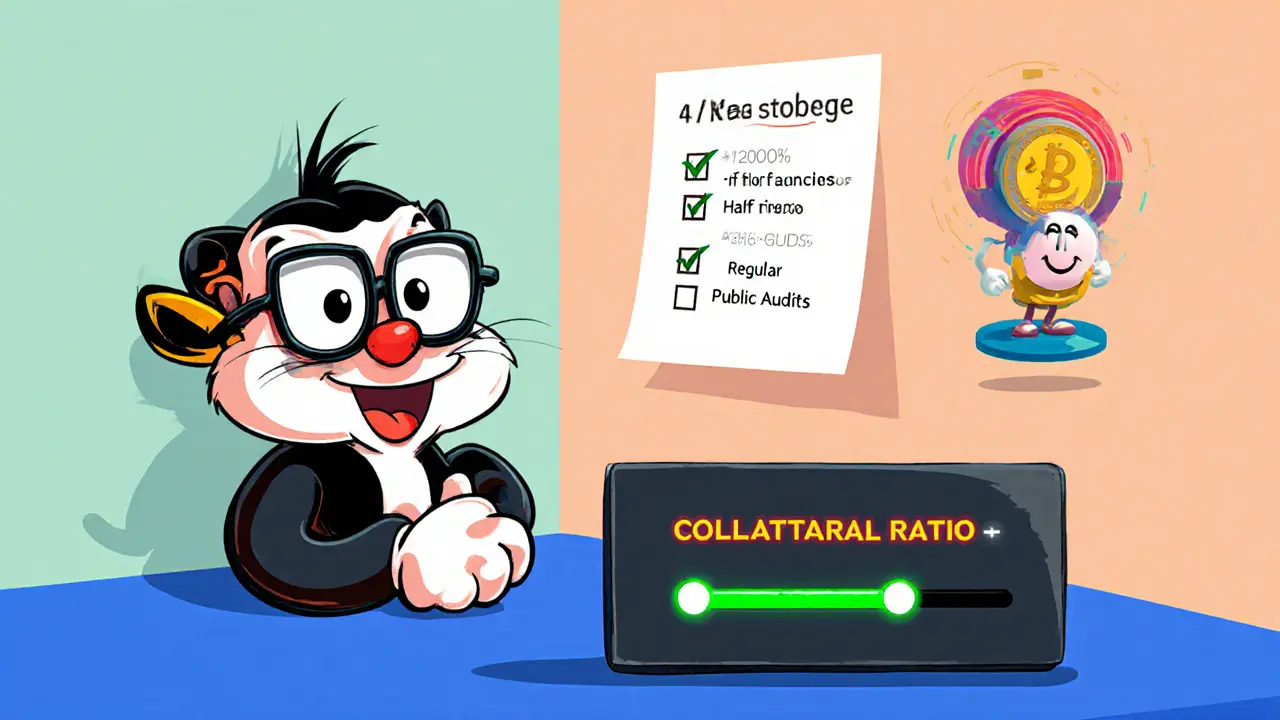Understanding Stablecoin Depegging: Risks, Triggers, and What It Means for Your Portfolio
When talking about stablecoin depegging, the loss of a stablecoin's price alignment with its reference asset, usually a fiat currency like the US dollar, the first thing to know is that it’s not just a technical glitch – it’s a market event that can ripple through the entire crypto ecosystem. In plain terms, a stablecoin that’s supposed to stay at $1 suddenly trades at $0.85 or $1.20, and that deviation can trigger liquidations, margin calls, and panic selling across DeFi platforms. This phenomenon hinges on three core pieces: the type of stablecoin, the mechanism that keeps it pegged, and external pressures such as market volatility or regulatory moves. stablecoin depegging often catches investors off guard because the coin feels as safe as cash, but the underlying math can be fragile.
Key Factors Behind Depegging Events
The first entity you’ll encounter is stablecoins, digital assets engineered to maintain a steady value relative to a reference asset. They fall into two main camps. Algorithmic stablecoins, coins that use supply‑adjustment algorithms instead of direct collateral try to keep the peg by minting or burning tokens based on price signals. When demand spikes or crashes, the algorithm must react fast; if it lags, the peg breaks – a classic case of "supply‑demand mismatch" causing depegging. On the other side, collateralized stablecoins, coins backed by assets such as fiat reserves, crypto, or commodities rely on the value of their backing pool. If that pool loses value faster than the system can liquidate it, the token can lose its 1:1 ratio. Both models require robust risk parameters, but algorithmic coins are especially sensitive because they lack a safety net of real assets. Market turbulence is the second driver. In a sudden sell‑off, large holders may rush to redeem their stablecoins for fiat or other crypto, draining liquidity. The famous Terra USD crash in May 2022 showed how a rapid loss of confidence can deplete reserves in minutes, turning a $1 coin into a fraction of its value. Third, regulatory scrutiny can force issuers to adjust reserve disclosures or limit certain activities, which may expose hidden weaknesses. Crypto regulation, the legal framework governing digital assets in various jurisdictions can suddenly tighten, forcing a stablecoin to halt conversions or reveal under‑collateralization, both of which spark a depeg. Semantic triples at work: "Stablecoin depegging occurs when market pressure exceeds the peg mechanism." "Algorithmic stablecoins rely on supply adjustments to keep the peg." "Regulatory scrutiny influences the design of collateralized stablecoins." These connections show that the event is not isolated; it intertwines token design, market dynamics, and legal environment.How can you protect yourself? First, monitor health metrics that issuers publish: reserve ratios, real‑time collateral audits, and buy‑back windows. A healthy collateralized stablecoin typically holds at least 110 % of its circulating supply in liquid assets. For algorithmic coins, watch the stability fee and the rate at which new tokens are minted – sudden spikes often precede a depeg. Second, diversify your exposure. Holding a mix of well‑audited fiat‑backed stablecoins, a modest amount of algorithmic ones, and even non‑stable assets can cushion a blow if one token loses its peg. Third, stay aware of regulatory news in major markets – a new AML rule in the EU or a licensing change in the US can ripple through global stablecoin operations. Finally, consider using decentralized insurance protocols that offer coverage for stablecoin failures; they can reimburse part of the loss if a depeg hits your wallet. Below you’ll find a curated set of articles that dive deeper into each of these aspects. From exchange reviews that explain how stablecoins are handled on different platforms, to technical breakdowns of peg mechanisms and regulatory updates, the collection gives you the tools to navigate the risks of stablecoin depegging with confidence.

